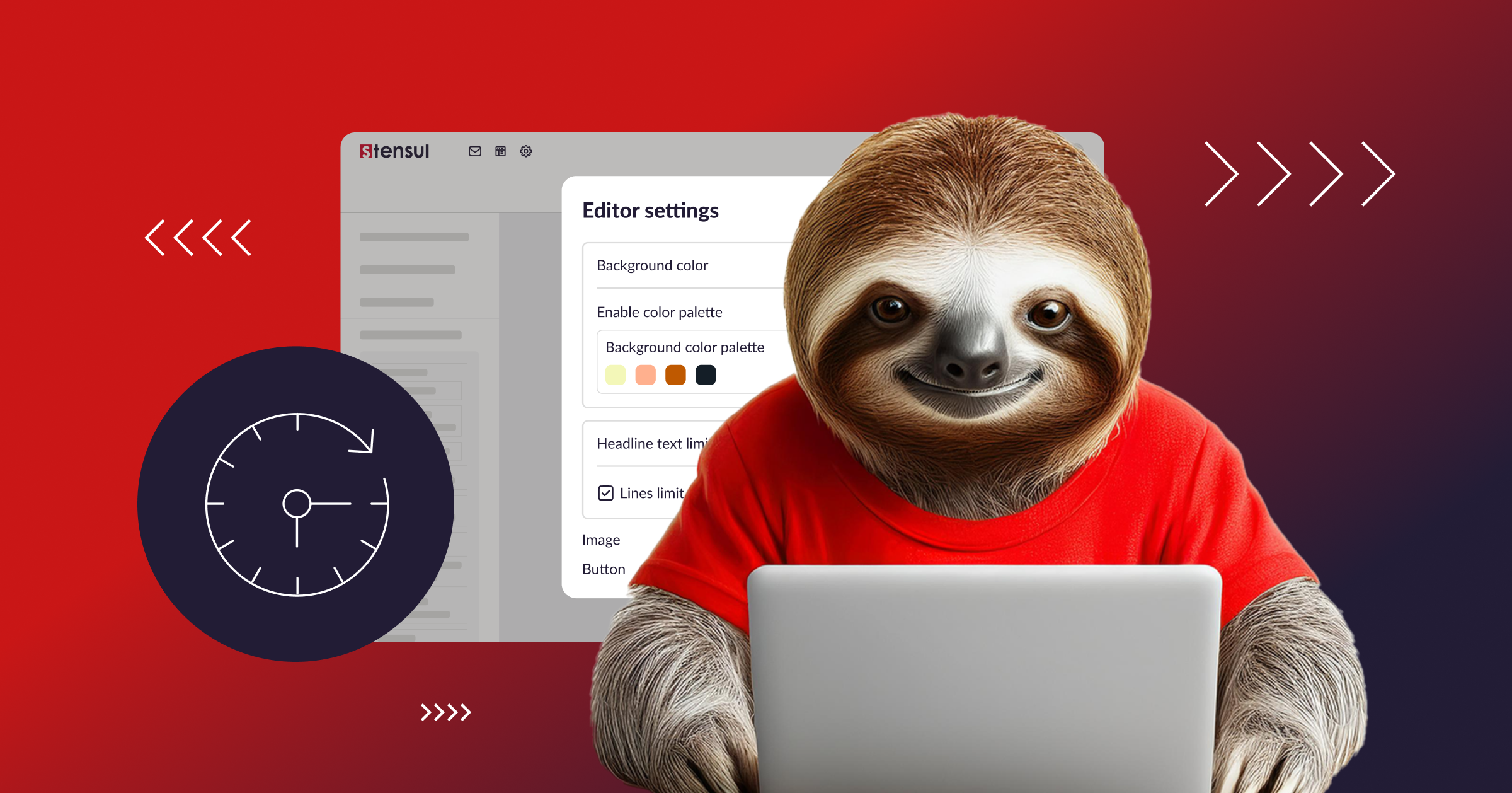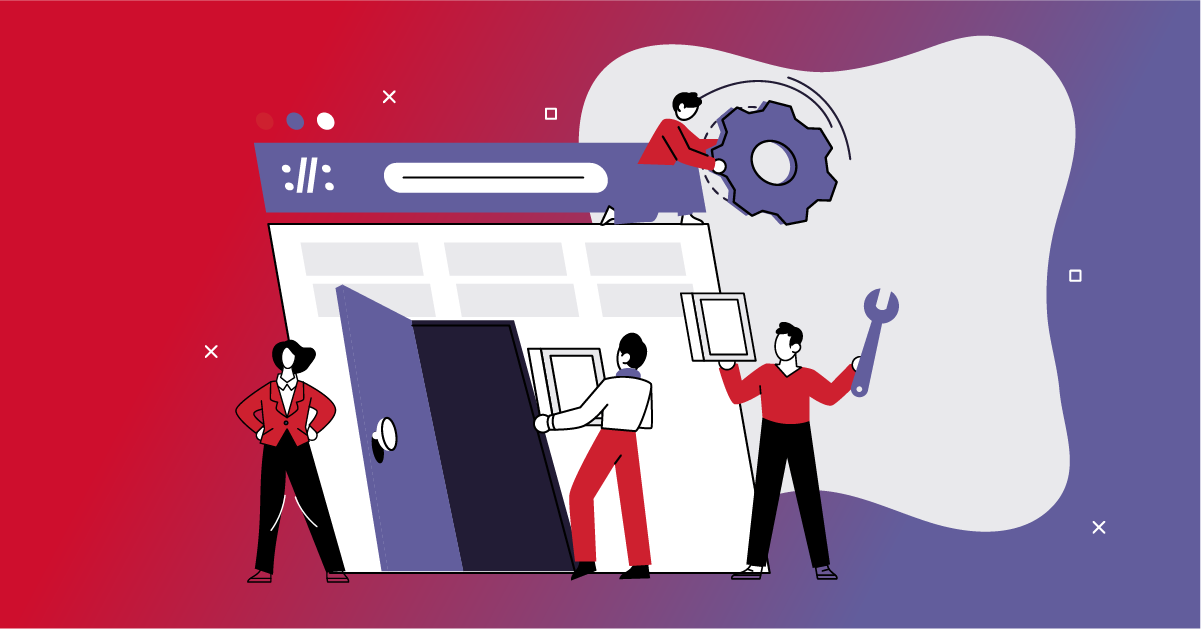With the recent dueling press events held by Microsoft and OpenAI for ChatGPT, and Google for its rival chatbot, BARD, it’s understandable if you feel artificial intelligence (AI) is the topic of every conversation.
It only feels like AI just burst on the scene like a technological rampaging bull in a china shop, disrupting all sorts of industries and functions within them—from customer service to sales and, yes, email marketing.

There’s much to consider and determine how to apply AI to aid your email creation activities. To help, this post offers six ways to leverage currently available, trainable (more on that later) AI chatbots to improve the quality and performance of your emails:
- Segment your list better, faster
- Generate preheaders and subject lines that encourage opens
- Design or find images that grab attention
- Overcome writer’s block
- Make personalization even more powerful
- Present the perfect call to action
To be clear, AI hasn’t suddenly appeared. AI was established as an academic discipline, and computer scientists gathered to discuss it in the 1950s. It’s come to the fore now because of the massive explosion in Big Data, the parallel developments of lots and lots of data being produced, and the growth in computing power to sort through, analyze, and draw inferences from it.
How big is Big Data? In 2010 the world generated 2 zettabytes of data. Just 12 years later, in 2022, that figure rose to 97 zettabytes. It’s projected to reach 181 zettabytes by 2025, a 9x increase in only 15 years. The ability to dive into, organize, and draw conclusions from all that data looks to be growing at a similar rate. By the way, a zettabyte is 1 sextillion bytes. That’s the number 1 followed by 21 zeros—a lot of data. Computing power is growing in a similar fashion, plus programmers like those at Microsoft/OpenAI and Google have written some nifty code that makes using AI relatively simple.
Training AI
Microsoft/OpenAI and Google are two of many companies delving into generative AI—the type that’s gotten all the attention. It’s a category of AI algorithms that generate new outputs based on the data they’ve been trained on. They recognize patterns and make predictions, which allows generative AI to create new content like text, images, audio, and more.
Generative AI acts a bit like your eager-to-please dog, Buddy. Imagine that instead of saying, “Go get the ball,” you ask Buddy, the chatbot, to go find—really, create—ten subject lines that will yield terrific open rates for your email. You let Buddy “sniff” the email copy, then watch the energetic canine run off. In milliseconds Buddy comes back, tail wagging, ears flopping, with just such a list.
This form of AI does not conceive of completely new ideas. It finds available sources on the Internet or in your organization’s data stores and crafts something based on the material it finds to fulfill your request. The more requests you put into your AI tool, the better. It’s like when Michael Phelps first showed up at that pool in Baltimore. He didn’t immediately become a record-breaking swimmer. He was coached. As he was trained, he got faster and faster. He performed better and better.
Let’s look at how generative AI can improve your emails’ performance from top to bottom.
1. Segment your list better, faster
Before you build your email, you need to create, clean, or better organize your mailing list. You can use AI to go through your mailing list to find commonalities among subscribers and use that insight to create better segmentation. You can determine behavior-based segmentation, what these people are like, what motivates them, and how they’ve interacted with your emails better and faster with the assistance of AI.
2. Generate preheaders and subject lines that encourage opens
Preheaders and subject lines are the first two things your subscribers see in the email you send them. And they are immensely important. Nearly half of all email recipients decide to open an email based on the subject line alone. With A/B testing, you can improve click-through rates (CTR) by almost 30%.
Because you likely know what the email deals with, who it’s directed toward, and why, share that with your AI chatbot and have it find optional subject lines—not just variations on what the copywriter crafted, but examples of top-performing lines that might deal with the nature of your email. If you’re looking to conduct A/B testing, this approach saves loads of time finding subject lines to compare.
3. Design images that grab attention
As noted, using AI isn’t limited to words. It can be applied to help you create a visual that can prove to be a performance booster. In addition, you can use it to help find visuals of a size and type that will not hinder deliverability or contribute to the email being clipped if subscribers use Gmail clients. Yes, AI can make you a hero when selecting hero images. (That’s the only “Dad joke” you’ll find here, but I had to share.)
4. Overcome writer’s block
Never get stuck framing a headline or developing body copy. Feed your AI tool what you want to communicate, getting as specific as possible—further refining the “ask” as you use the chatbot, if necessary—then sit back and watch it work.
Instead of staring at a blank page, in seconds, you’ll have several paragraphs of copy to consider. Will it be exactly what you want to say to the subscriber in your brand’s voice? Not necessarily. But it’s a time-efficient way to get to where you want the copy to be.
Although this AI is fast, it’s not always accurate. So, along with editing for the tone reflective of your brand, check to see that what the chatbot has produced is correct. Do not simply cut and paste. That tactic could be trouble.
You can also use AI to help you use a copy approach that worked before with this set of subscribers. Just as you can ask for subject lines with the highest open rates, do the same for headlines and the rest of the text portions of the email. What yielded the best CTR for another email on a sale, webinar, or new product information might be useful in this case.
5. Make personalization even more powerful
Adding to the performance impact of segmentation is personalization in all its varieties, including dynamic and live content. AI can support your efforts to find—and maybe form—personalization techniques that can be highly effective based on what’s worked well for you and others in the past.
Because personalization can increase CTR by as much as 139%, anything that can make the process easier and perform better is a no-brainer.
6. Present the perfect call to action
If an email is a target, then the call to action (CTA) is the bullseye. It’s exactly what you want the subscriber to do—act on the offer you’ve presented in the email. It’s the make or break point that determines if any downstream activities occur. The subscriber doesn’t register for the virtual event, opts not to review a service notice, or doesn’t buy the sweatshirt emblazoned with the logo of their favorite sports team.
Getting subscribers to click on a CTA can feel like a mix of magic and mathematics. It takes a lot of thought and time. Doing so becomes easier with generative AI. What it should say, where it should be placed in the body of the email, how big the button is, and even what color can all be decided with the aid of this AI. It can instantly provide you with CTA best practices and what’s worked for others and your organization in the past, leaving plenty of time to test what you think are the best options.
More efficient email and landing page creation
As great a time-saver as generative AI might be for these six important aspects of email creation, the benefits are largely lost by most companies. It takes two weeks or more for the overwhelming majority of organizations to get just one marketing email out the door.
Although this AI helps to accelerate many front-end portions of producing an email, the rest is highly inefficient, marked by individuals using single-purpose tools while operating in silos. It is a process that is too complex, takes too much time, and is too costly. It matters little that you can get 20 potential subject lines in a fraction of a second if it still takes half a month to deploy an email.
The way to overcome that delay is to put the Stensul Email and Landing Page Creation Platform at the center of your process. It can reduce email creation time by up to 90%. What’s more, it’s so easy to use that non-technical people with no coding knowledge can create high-quality, always-on-brand emails quickly. That capability frees up others on your team to apply their high-value skills to more complex needs.
That significant efficiency gain provides time to spend on strategy that can—with AI—further improve email marketing performance, which can make a bigger impact on your business.
The same holds for creating landing pages. Integral to the Stensul Platform is a true Landing Page Builder, not a repurposed email builder. Remember, the rows and columns and portrait orientation are just a few things that separate emails from landing pages. However, with Stensul, users have the same experience whether creating emails or landing pages, aiding their speed and confidence. They need only toggle between the two to ensure there’s commonality in look and feel and messaging.
Choosing to use the Stensul Email and Landing Page Creation Platform shows intelligence of another sort—yours. To learn more about Stensul or to see the platform in action, click here.



